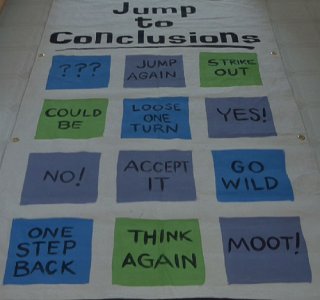DoctorPizza
New member
- Nov 20, 2015
- 52
- 0
- 0
Good grief. Calls over GSM and CDMA 2000 are also "completely digital". That's why they're "2G"; the first generation was made up of analogue networks (but they're all gone now). That's why bad signal causes signal drop outs rather than interference noises; that's what disrupted digital transmissions sound like: packet loss.Easier said than done. VoLTE is essentially VoIP over a wireless connection. It is completely digital and it is all data versus 3G which is not. To do so, Verizon would need to install converters to convert an all digital signal to analog. This is adds expense and reduces reliability. It is easier and cheaper to ditch the 3G network. To do that though takes time; Verizon needs to eventually replace EVERY handset. That takes time, and there are always going to be holdouts. Just look at the issues we had here in the US when we switched from analog to digital TV.
Even the interconnects with the PSTN are all-digital. The US has operated on a packet-switched digital PSTN for decades; only the last leg (exchange to handset) is analogue, and that's where the analogue conversion is done.
Avoiding conversions is why things like HD Voice only work when they can be negotiated end-to-end (and why they tend to only work when caller and receiver are on the same network, though as I mentioned in a previous post, cross-network VoLTE has been demonstrated, allowing cross-network HD Voice too).
Verizon initially (in 2013) planned to offer pure LTE (no CDMA fallback) handsets in 2014. That hasn't come to pass, though the HTC A9 might finally do the job. The bridging from VoLTE to other networks, VoLTE to PSTN, and VoLTE to same network CDMA, should all be in place already.



